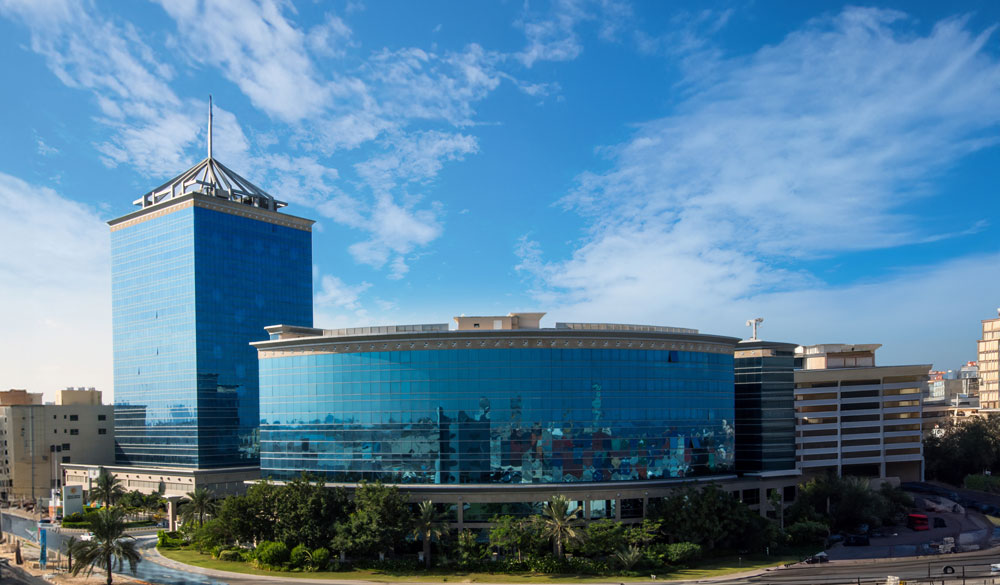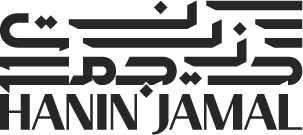In the UAE’s crowded free zone arena, Ajman is emerging as an unlikely disruptor. While Dubai and Abu Dhabi dominate headlines with sprawling economic hubs, Ajman’s free zones—Ajman Free Zone (AFZ) and Ajman Media City Free Zone (AMCFZ)—are quietly rewriting the playbook for cost-conscious innovators and sustainability-driven enterprises.
With a leaner footprint and a sharper focus on niche markets, Ajman is proving that size isn’t everything in the race for global investment. For businesses seeking a foothold in the Gulf, this compact emirate offers a potent mix of agility, affordability, and forward-thinking ambition.
Reinventing the Ajman Free Zone Model
Ajman Free Zone, established in 1988, isn’t resting on its laurels. Once a modest trade outpost, AFZ has evolved into a hub for over 9,000 companies, leveraging its proximity to Ajman Port and a 45-minute drive to Dubai’s logistics nerve center. But what’s new is its pivot toward sustainability and digitalization.
Smart warehouses with solar-powered systems and an e-platform for instant licensing reflect a modern ethos that’s resonating with eco-minded startups and tech firms. In 2023 alone, AFZ reported a 15% uptick in green-tech registrations, signaling a shift from its import-export roots.
The zone’s incentives remain a draw: no taxes, full foreign ownership, and duty-free trade. Yet, it’s the operational nimbleness that seals the deal.
“We set up in under 48 hours—faster than anywhere else in the UAE,” says Priya Sharma, founder of GreenLeaf Robotics, a renewable energy startup. With leasing costs 30% below Dubai’s free zones and utilities priced competitively, AFZ is carving a niche as the UAE’s value-for-money champion.
Ajman Media City: Creativity Meets Efficiency
Enter Ajman Media City Free Zone, launched in 2018 to capture the creative economy’s momentum. Unlike its industrial sibling, AMCFZ targets media, tech, and professional services with a laser focus on flexibility. Freelancers can secure a license for as little as AED 6,000 annually, while larger firms benefit from coworking spaces and visa packages tailored to lean teams. Its digital-first approach—online registration, virtual office options—positions it as a haven for remote-first businesses in a post-pandemic world.
The zone’s leadership isn’t shy about its goals. “We’re not just another free zone; we’re a catalyst for the next wave of media innovation,” says Mahmoud Khalil Al Hashemi, AMCFZ’s Executive Director. A 2024 partnership with a Saudi creative incubator hints at broader regional ambitions, potentially linking Ajman to Riyadh’s burgeoning digital economy. For content creators and tech disruptors, AMCFZ is a low-cost springboard with high potential.
Ajman Free Zone Sustainability as a Competitive Edge
Ajman’s free zones aren’t just chasing profits—they’re betting on purpose. Under the Free Zones Authority of Ajman, established in 2021, both AFZ and AMCFZ are aligning with the UAE’s Vision 2030 sustainability targets.
AFZ’s eco-friendly infrastructure, including energy-efficient buildings, has slashed operational carbon footprints by 20% since 2022, per internal audits. Meanwhile, AMCFZ promotes paperless processes, cutting administrative waste—a small but symbolic win.
This green tilt isn’t just optics. Investors are taking note. European firms, particularly in cleantech and healthtech, accounted for 25% of AFZ’s new licenses last year, drawn by sustainability credentials and cost advantages.
“Ajman’s focus on green innovation made it our top pick over pricier hubs,” says Lars Eriksson, CFO of Nordic Health Solutions. In a region often critiqued for excess, Ajman’s lean-and-green strategy is a refreshing counterpoint.
The Underdog’s Advantage
Ajman’s free zones don’t boast Dubai’s glitz—Jebel Ali Free Zone alone dwarfs AFZ in scale, handling 13.5 million TEUs annually versus Ajman Port’s 350,000. But therein lies the edge: less congestion, lower overheads, and a government eager to prove its mettle. The emirate’s ruler, Sheikh Humaid bin Rashid Al Nuaimi, has doubled down on economic diversification, with free zones as the linchpin. The result? A 10% GDP contribution from AFZ alone, per 2023 Ajman government estimates.
Challenges persist. Ajman lacks the brand recognition of its neighbors, and its port capacity limits mega-scale logistics. Yet, for small-to-medium enterprises (SMEs)—which make up 70% of AFZ’s tenants—these constraints are irrelevant. Affordable rents and a streamlined bureaucracy outweigh the allure of Dubai’s skyscrapers.
A Future Built on Agility
Ajman’s free zones are betting on a future where efficiency trumps excess. With the UAE’s free zone exports hitting Dhs 225.5 billion in 2017, the sector’s growth trajectory is clear. Ajman’s share may be modest, but its upward momentum—fueled by digital tools, sustainable practices, and a relentless focus on value—suggests untapped potential. As global firms rethink supply chains and prioritize resilience, Ajman’s pragmatic appeal could shift the UAE’s economic map.
For businesses, Ajman Free Zones offer a rare trifecta: low costs, strategic access, and a vision rooted in innovation. AFZ powers industrial growth with a sustainable twist, while AMCFZ fuels the creative economy’s rise. Together, they’re proof that in the UAE’s high-stakes free zone race, the quiet contender might just outpace the giants—one smart move at a time.
References
- Ajman Free Zone Official Website – Details on AFZ’s sustainability initiatives and business stats. Available at: afz.gov.ae.
- Ajman Media City Free Zone Official Website – Insights into AMCFZ’s licensing and creative focus. Available at: amcfz.ae.
- UAE Vision 2030 – Outlines national sustainability goals influencing Ajman’s free zones. Available at: vision2030.gov.ae.
- Gulf News (2023) – Reports on AFZ’s green-tech growth and SME dominance. Available at: gulfnews.com.
- Ajman Government Economic Report (2023) – Estimates free zones’ GDP contributions. Available at: ajman.ae.
- The National (2024) – Covers AMCFZ’s Saudi partnership and regional ambitions. Available at: thenationalnews.com.


